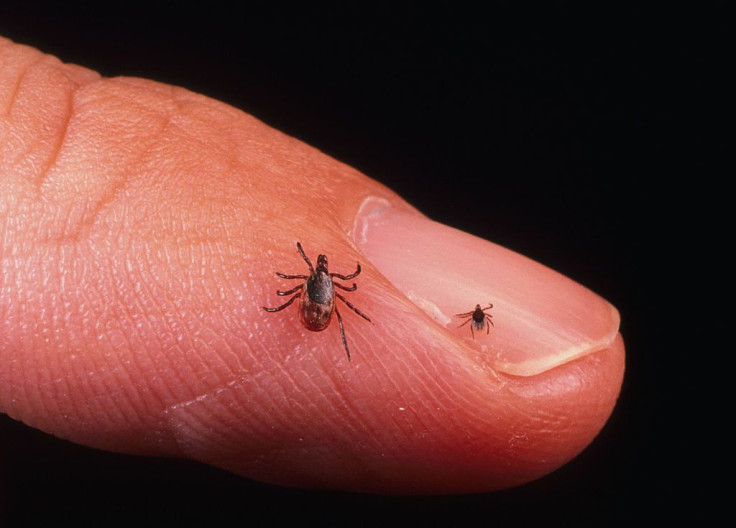Lyme Disease Symptoms In Children: What You Should Look For

Lyme disease is an insidious bacterial infection especially harmful to children.
What at first appears as an irritated bullseye skin rash caused by the bite of the tiny “blacklegged tick” can, if neglected, worsen into a life-threatening infection that will scar a child for life. Tick bites are to be treated with the utmost concern even if you don’t come from an area where Lyme disease is endemic.
Lyme disease is a fairly new disease having been first reported in the United States only in 1977. It affects more than 300,000 persons in the United States every year.
The U.S. Centers for Disease Control and Prevention (CDC) says Lyme disease is caused by a bacterium called “Borrelia burgdorferi.” This bacterium is transmitted to humans through the bite of infected blacklegged ticks.
What makes Lyme disease so concerning is that it’s a multistage, multisystem bacterial infection that doesn’t only affect the skin when it spreads out of control. At its worst and if left untreated, Lyme disease can affect the joints, the heart and the nervous system.
If left untreated, symptoms of the disease will worsen. These symptoms are loss of the ability to move one or both sides of the face, joint pains, severe headaches with neck stiffness and heart palpitations.
CDC says typical symptoms of Lyme disease include fever, headache, fatigue and a skin rash called “erythema migrans” with its characteristic bullseye appearance. It noted that Lyme disease is diagnosed based on symptoms, physical findings such as the bullseye rash and the possibility of exposure to infected ticks. Laboratory testing is also helpful.
The list of possible symptoms for Lyme disease is quite long and the more common ones are listed below:
Stage 1 (between 3 to 30 days after the bite)
Around 70 to 80 percent of children with Lyme disease develop a rash that’s pink in the center and a deeper red on the surrounding skin. This rash usually appears within 7 to 14 days of infection, but may sometimes not appear at all. It will grow over the course of days or weeks if left untreated
This rash might be mistaken for other skin problems as hives, eczema, sunburn, poison ivy and flea bites
A child may exhibit some flu-like symptoms, such as headache, stiff neck, low-grade fever and chills, fatigue, aches and pains in muscles and joints, poor appetite and a sore throat.
Stage 2 (weeks to months after the bite)
If your child has Lyme disease that has gone undiagnosed and untreated, the bacteria might have entered his or her bloodstream and traveled to other tissues in the body. Symptoms at this stage include multiple erythema migrans rashes, facial nerve palsy (or loss of muscle tone in the face), lymphocytic meningitis and carditis (inflammation of the heart) resulting in disrupted electrical conduction in the heart (or a heart block).
Stage 3 (after several months to years)
The most common late-stage symptom of Lyme disease is arthritis (notably in the large joints and especially the knee). Joints will be more swollen and tender than painful.
It’s important to know blacklegged ticks are very common in certain areas in the United States. Try to avoid these places during the summer months when Lyme disease is most widespread. Summer means school’s out, which is why most Lyme disease patients are kids and teenagers.
Lyme disease is more common in the northeast (New York to Maine), the mid-Atlantic states (Virginia to New Jersey, the north central states of Wisconsin and Minnesota and Northern California.



























